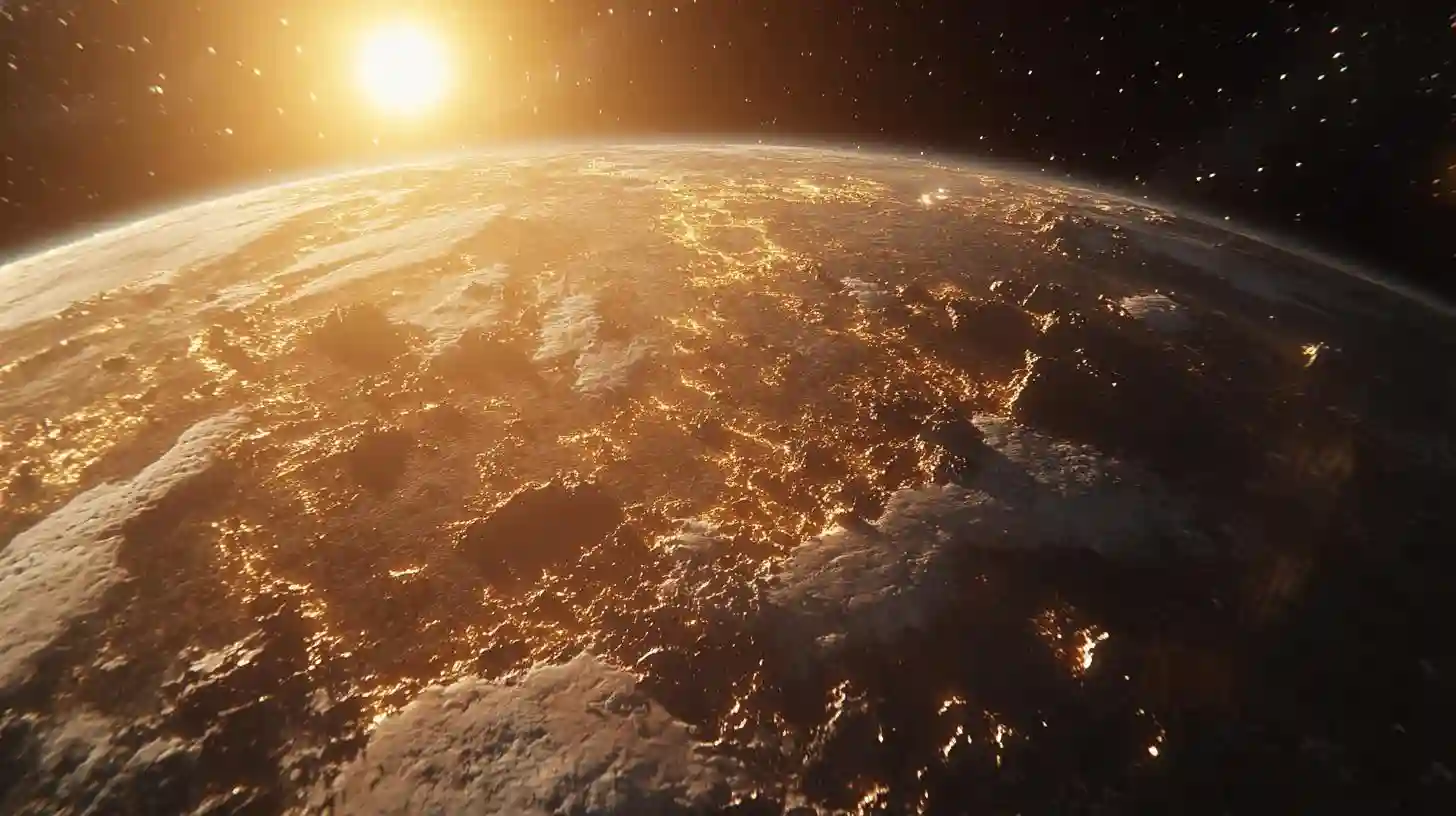
Recent advances in astrophysics have catalyzed a profound understanding of the composition and formation of terrestrial planets in the Universe. A collaborative effort among several research institutions has unveiled new insights into how these rocky worlds acquire their diverse characteristics. This breakthrough has implications not only for our understanding of Earth-like planets in distant solar systems but also for the evolutionary history of our own planet.
At the heart of this discovery is the analysis of meteorite samples collected from various locations on Earth, which serve as primordial remnants of the early solar system. By studying these meteorites, scientists have been able to deduce the elemental and mineralogical composition of the building blocks that formed terrestrial planets. The findings suggest that these celestial bodies are not solely composed of a simple assortment of elements but instead exhibit a more nuanced arrangement that correlates with the conditions present in their formative environments.
One particularly significant aspect of this research lies in the identification of isotopic signatures that reveal the conditions under which these planets formed. These isotopes act like fingerprints, linking specific terrestrial planets to their respective regions within the protoplanetary disk from which they originated. For instance, isotopic variations can indicate whether a planet formed close to its star, where temperatures were high and volatile compounds could not condense, or farther out, where icy materials were plentiful. Understanding these distinctions provides valuable insights into the diverse climates and geological characteristics that may exist on other planets.
Moreover, the researchers have delved into the role of planetary accretion processes. It was previously thought that the accumulation of material was a relatively uniform process across the solar system. However, new findings suggest a more dynamic picture. The gravitational interactions between forming bodies can lead to a complex web of collisions and mergers, ultimately shaping the final composition of a planet. These interactions may also influence the distribution of water and other essential compounds, further diversifying the planetary outcomes during the formation stages.
A fascinating aspect of this work also includes the examination of exoplanets, which offers a window into potentially habitable worlds beyond our own. By correlating the compositional data derived from meteorites with observations of distant exoplanets, researchers can infer their potential habitability. This burgeoning field is increasingly reliant on spectroscopy, a technique that allows scientists to analyze the light from distant planets to determine their chemical makeup. As telescopes become more powerful, the hope is that specific signatures of volatile compounds, including water, carbon dioxide, and methane, can be detected, which would signify Earth-like conditions.
Equally critical to this research is the investigation into the role of planetary migration. It has long been theorized that many planets do not remain in their original orbits but instead migrate inward or outward through the protoplanetary disk due to gravitational interactions with other bodies. This migration can drastically affect a planet's composition, as it may expose the planet to different materials or remove volatile elements necessary for life. Understanding these migration patterns is essential for accurately reconstructing the history and evolution of both our solar system and others.
The implications of this research stretch beyond individual planets to encompass an entire category of rocky worlds. As astronomers discover more exoplanets, particularly those residing in the habitable zone of their stars, they ponder whether these planets truly share similarities with Earth. Insights gained from the composition studies of meteorites can help inform models of how these possibly habitable exoplanets formed and evolved over time.
Furthermore, the ongoing technological advancements in analytical techniques and computational models contribute significantly to this field. As scientists refine their methods for studying the isotopic and elemental composition of celestial materials, the accuracy and depth of our understanding continue to expand. The convergence of observational astronomy and laboratory experiments allows for a robust interrogation of hypotheses regarding planetary formation.
As research endeavors progress, the dialogue surrounding the notion of what constitutes an Earth-like planet evolves. Each new finding contributes to a more intricate tapestry of knowledge, unraveling the complex history of terrestrial planets throughout the cosmos. This journey not only enhances our understanding of our own planet's origins but also fuels the quest for life beyond Earth, compelling us to ponder the possibilities awaiting discovery in the vast expanse of the Universe.